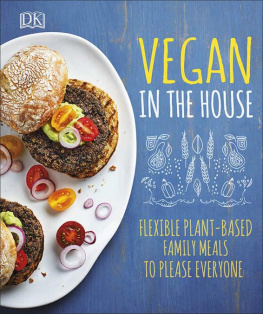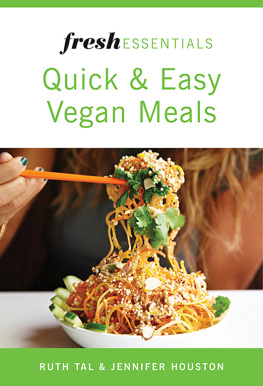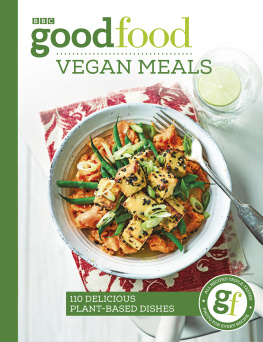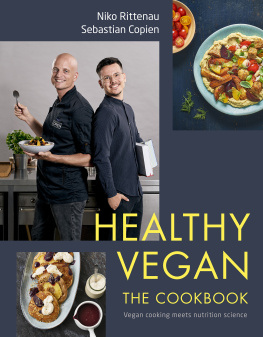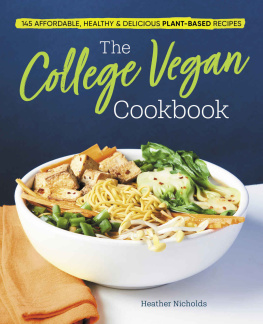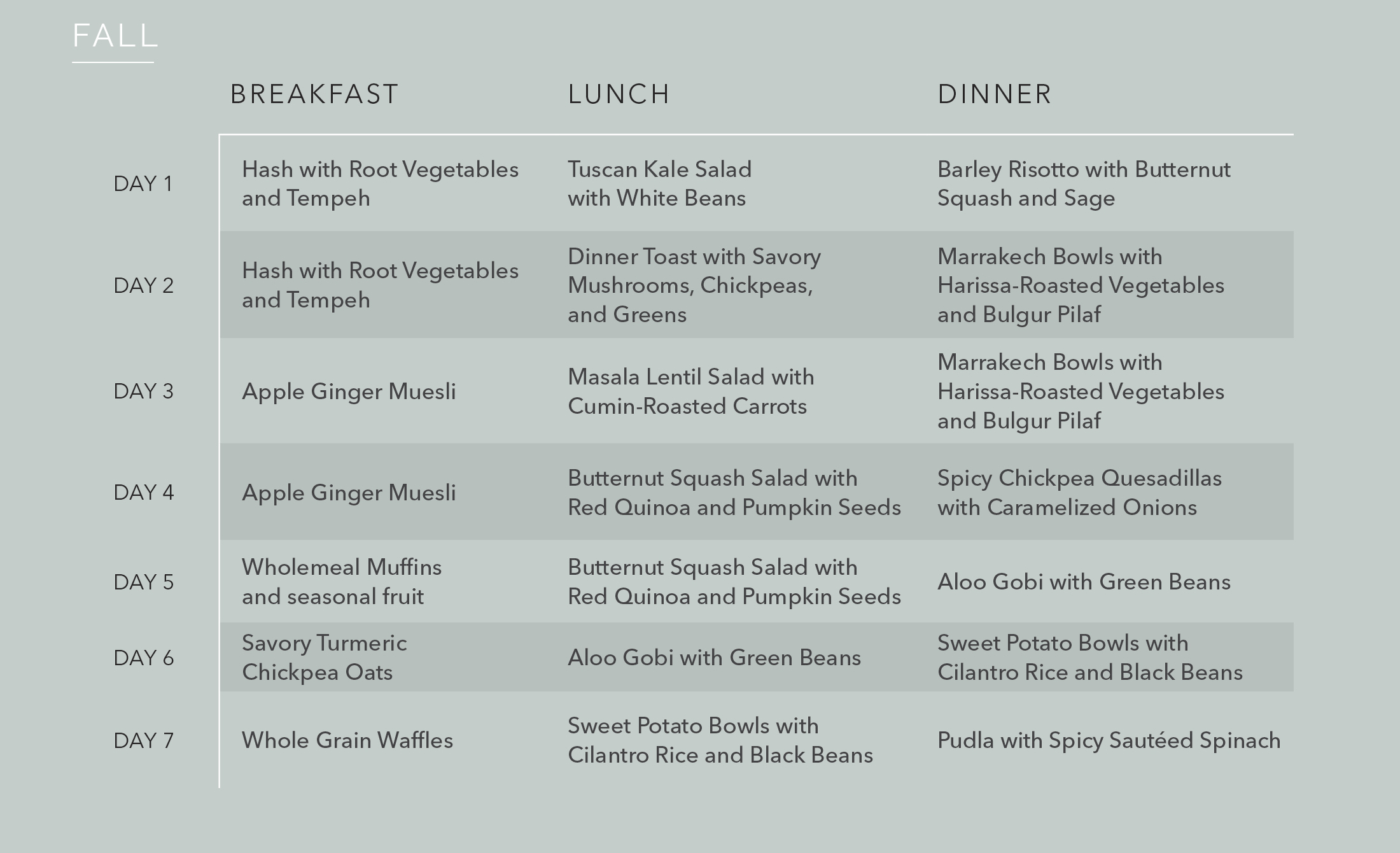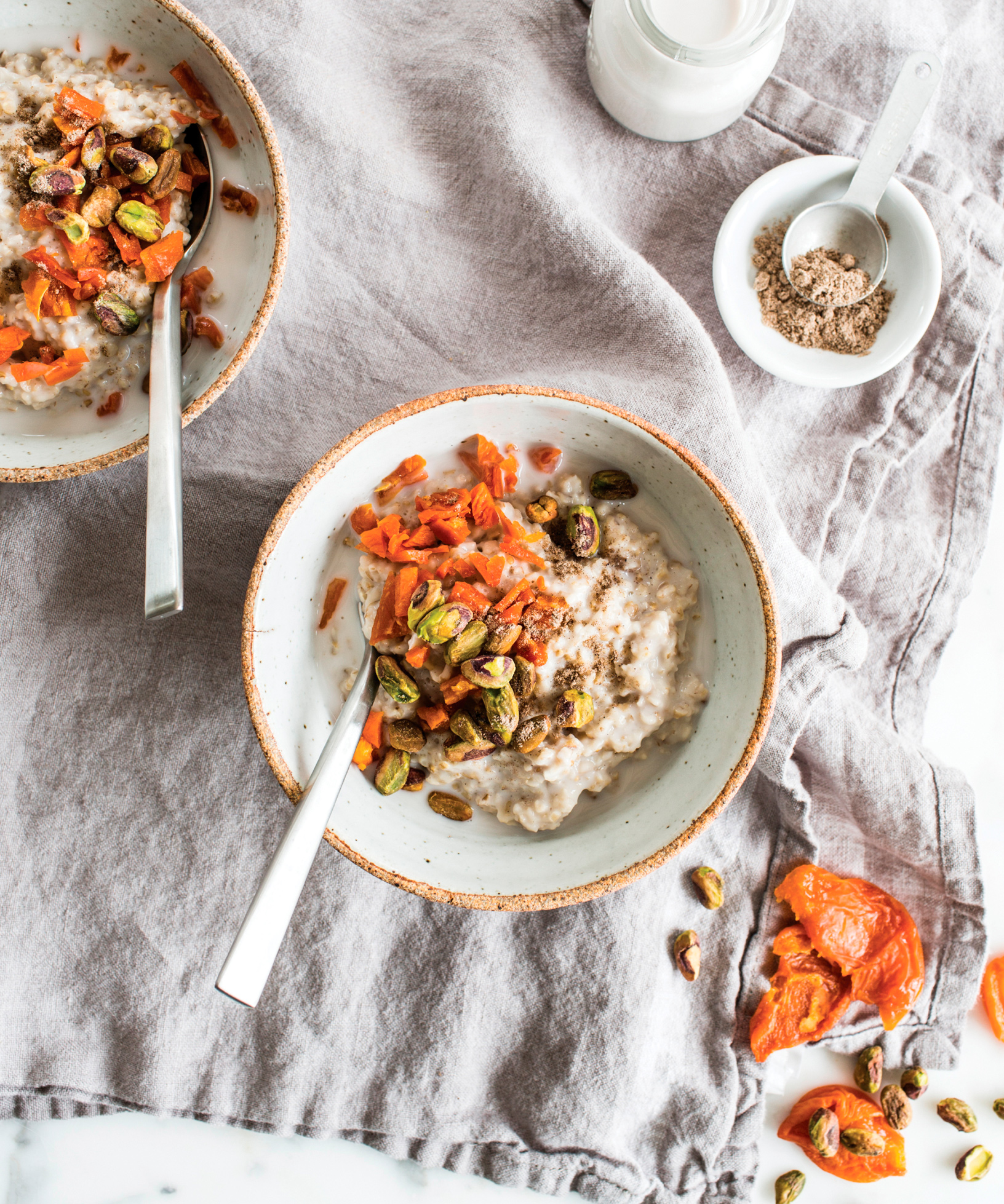MEAL PLANS
My approach to food and nutrition is focused on peopletheir tastes, lifestyles, cultural backgrounds, and health. This makes it hard for me to present meal plans that arent highly tailored to individual needs. I know from experience, though, that meal plans can be a useful tool.
The goal of these seasonal meal plans is to show you how individual recipes and meals might be mixed and matched in order to create a nutritious, sustainable eating pattern. The plans arent prescriptive, and they dont include snacks or sides or sweets, so theyre not intended to meet all of your nutritional needs. But they do provide a snapshot of how balanced meals can amount to a balanced eating pattern.
Depending on how many people you cook for, you may find yourself with leftovers when you prepare the recipes. With that in mind, Ive incorporated some leftovers into the plans for you.
ABOUT THE AUTHOR
Gena Hamshaw is the author of the blog The Full Helping, which she started in 2009. She is also the author of two cookbooks, Choosing Raw and Food52 Vegan; is a regular columnist for the website Food52; and she has contributed to or been featured in Self, Shape, Slate, the Washingtonian, Redbook, O magazine, and more. Gena works as a nutrition counselor and is completing her master of science degree in nutrition and education at Teachers College, Columbia University. She lives in New York City.
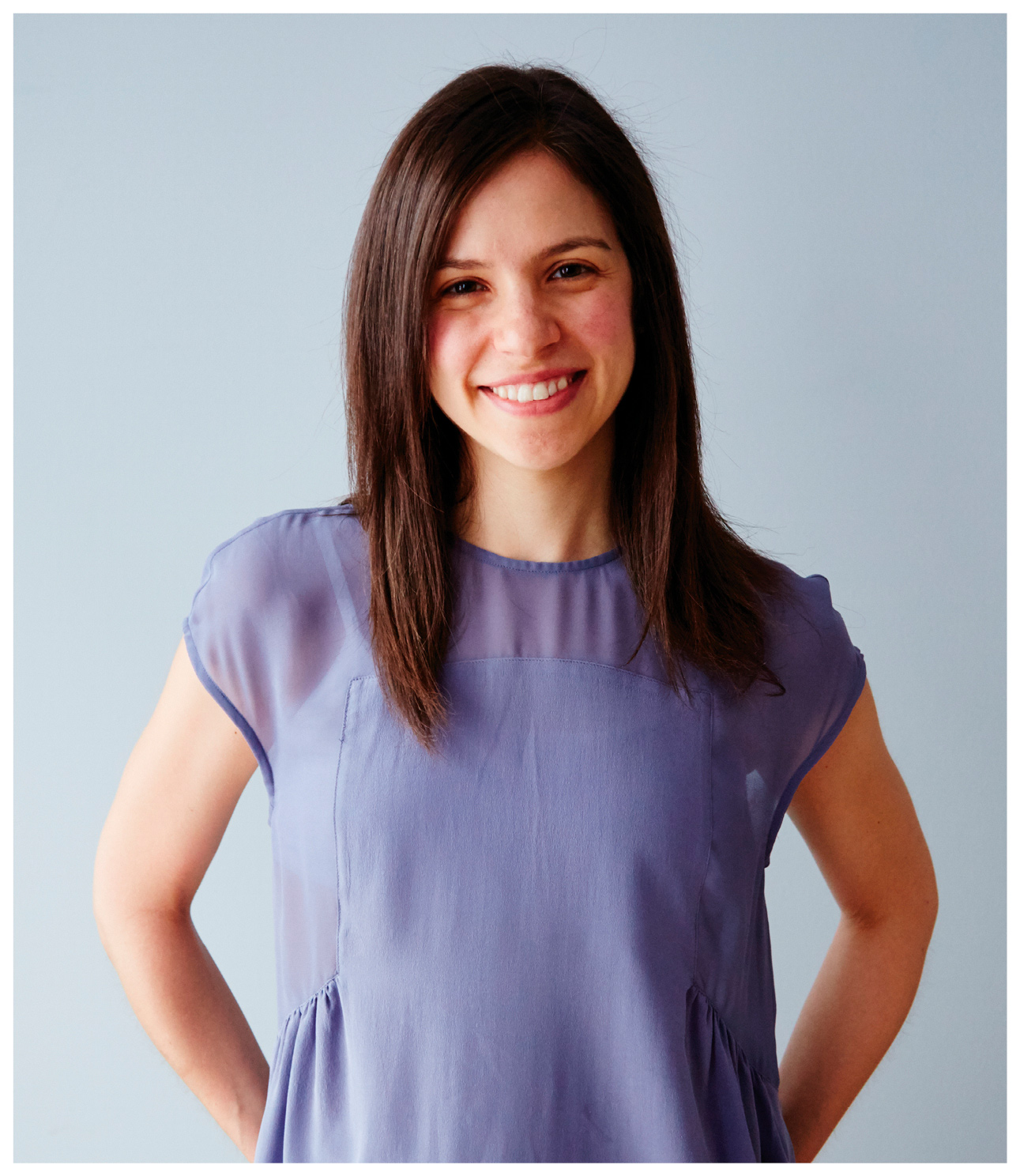
James Ransom
ACKNOWLEDGMENTS
Writing this book has been a labor of love, and it wouldnt have been possible without a lot of support.
First, I owe an enormous debt of gratitude to my team of recipe testers, whose feedback made every recipe in this book so much stronger. Thank you for your time, energy, and generosity in helping me. I couldnt have done it without you. Special thanks to Katie Hay for her dedication, her sensitivity to the book and its meaning, and her assistance with retests.
Im indebted to the wonderful team at Ten Speed Press, especially my editor, Kelly Snowden, who shepherded the book with wisdom and grace. Kelly, thank you for being so perfectly attuned to what I was trying to accomplish with these recipes, and for your humor and patience. Working with you has been an enormous pleasure.
Huge thanks to Jasmine Star for her detailed, intelligent copyediting, and to Kate Bolen for making the production process so streamlined and efficient. Thank you to Emma Campion and Serena Sigona, who turned the book into something beautiful and evocative, and to Angelina Cheney for her elegant design. Thanks to my publisher, Aaron Wehner, for believing in the book, and to the marketing and publicity team at TSP, especially Allison Renzulli and Erin Welke, for helping it to find readers.
I quite literally could not have written Power Plates without my dear friend, photographer Ashley McLaughlin, who brought the food to life and worked tirelessly with me through the final month of her pregnancy. Ashleys artistic vision, work ethic, and steady support made this project possible, and I am so grateful. Thanks also to our talented collaborator, chef Benjamin Burke, who prepared all the recipes and whose feedback helped to make them better.
Thanks to my soul friends, Jordan Heimer and Sam Douglas, whose presence in my life is a blessing. Thanks to Chloe Polemis, Kathy Patalsky, Anne Mauney, Christina Wilson, Sam Aronoff, Brendan Brazier, Blanche Christerson, and Kathleen Malliarakis for their love and support. And a big thanks to my mom for cheering me on and taking pride in what I do.
Im inspired to keep creating and sharing food by all of the incredible activists, cooks, bloggers, and writers in the vegan community. Thank you for the work you do to speak for animals and spread a compassionate message.
Finally, I want to thank the readers of my blog, who have given me the strength and inspiration to make and write about food for nearly a decade now. Im continually humbled by your generosity, wisdom, patience, and goodwill. Thank you for helping me to celebrate food and its many gifts, week in and week out. This book and its recipes are for you.
Breakfast
My breakfast tastes are a little nontraditional. I prefer savory breakfasts to sweet, in part because they offer me so much variety. I also appreciate how easy it is to pack protein into savory morning meals in the form of legumes, grains, and different pairings of greens.
This isnt to say that I dont enjoy traditional breakfast foods. I love a hot, creamy bowl of steel-cut oats in the morning, and in this chapter Ill share my favorite shortcut method for preparing them ().
If you like muffins, porridge, pancakes, and other classic breakfast fare, youll find plenty of options in this chapter. But youll also find ideas for breakfast offerings that may seem unconventional, like slow-simmered vegan congee (), which is made with earthy, nutritious tempeh and sweet roasted root vegetables. The nice thing about these savory breakfast recipes is that theyre also suitable for lunch or dinner, making them (and their leftovers) good multitaskers.
What I hope to convey with this array of recipes is that breakfast can be as diverse and playful a meal as any other; it doesnt have to feel like an afterthought or something you make on autopilot. I know that weekday mornings can be hectic, and Ive provided tips on how to prepare some of the recipes in advance so you can fit them into busy and leisurely mornings alike.
SHORTCUT STEEL-CUT OATS
I love the texture of steel-cut oats, but I dont love their cooking time. Bringing them to a boil before bedtime, covering the pot, and letting them sit overnight is an easy shortcut. When I finish cooking the oats the next morning, I like to stir in some nondairy milk, along with a bit of maple syrup for sweetness and a splash of vanilla. As theyre heating up, I prepare any toppings Ill need, like toasted nuts or diced fruit. At the end of the recipe, youll find four of my favorite combinations, one for each season.
MAKES 4 SERVINGS
1 cups (225 g) steel-cut oats
4 cups (950 ml) water
Generous pinch of salt
cup (120 ml) unsweetened nondairy milk, plus more if desired
2 tablespoons maple syrup
1 teaspoon vanilla extract
OPTIONAL ACCOMPANIMENTS
See note below for seasonal suggestions
The previous evening, combine the oats, water, and salt in a medium pot. Bring to a boil over high heat, stirring occasionally. Remove the pot from the heat, cover, and let sit overnight.
In the morning, add the nondairy milk, maple syrup, and vanilla. Stir well, then place over medium-low heat. Bring to a simmer and cook, stirring occasionally, for 5 to 10 minutes, until the oats thicken. If theyre too thick, add more nondairy milk until you reach a consistency you like.

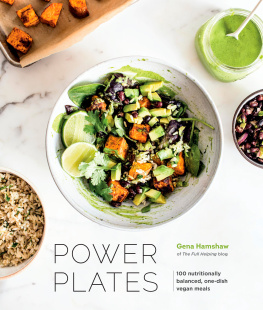

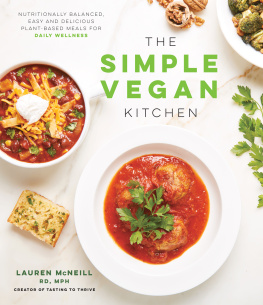
![Gena Hamshaw - The Vegan Week: Meal Prep Recipes to Feed Your Future Self [A Cookbook]](/uploads/posts/book/410473/thumbs/gena-hamshaw-the-vegan-week-meal-prep-recipes-to.jpg)
